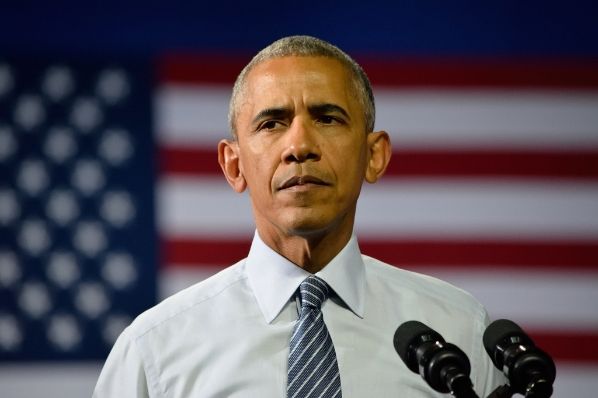Lawrence Lindsey, a former Federal Reserve governor and George W. Bush economic adviser, admits that it is difficult to assess a president's economic success or failure. After all, each president inherits a particular set of challenges.
But a good measure, writes Lindsey, is to compare the results of his policies with the administration's own forecasts of how those policies would work. By this measure, the Obama administration consistently failed.
Lindsey took into consideration only post-recession projections and realities so as not to make the judgment about the recession.
The president's team was fully aware of the past and should have factored it in when making projections. They got it abysmally wrong:
The first postrecession budget came in February 2010. By then, the three main pillars of the president’s program—the stimulus package, ObamaCare and Dodd-Frank—had either been adopted or were close to enactment. The administration was well aware of them and doubtless included their effects when making its projections.
The administration’s February 2010 budget submission projected that real growth would average 3.9% annually over the next five years, including 2010. As it turned out, real growth averaged only 2.2% a year during this period. One year later, the administration submitted its fiscal year 2012 budget. Equally optimistic, the budget predicted growth would average 3.9% for five years. The economy instead grew at an anemic 2% each year, according to the Bureau of Economic Analysis.
The administration has continued to overpromise throughout President Obama's tenure. Somewhat chastened, as Lindsey put it, by the results f the first term, the president's team was more modest in its projections at the beginning of the second term. The administration forecasts 3.3 percent growth annually for the next four years. The real growth turned out to be 2.3 percent annually. This was not because the administration didn't get to try its programs:
The poor economic performance observed during Mr. Obama’s two terms was not for lack of trying, at least in quantitative terms. The national debt has nearly doubled over the past eight years. And even today the “cyclically adjusted” budget deficit—that is, the deficit observed when the economy is at full employment—will be at least 2.8% of GDP in 2017. At full employment, this figure should be zero for there to be no stimulus.
Also at full employment, the federal-funds rate would normally be higher than it currently is. In the last eight years, the Federal Reserve has quintupled the size of its balance sheet. It termed these measures “extraordinary,” and even today describes its policy stance as highly accommodative. Despite this help, the economy had a lackluster performance.
When challenged on the lackluster economy, President Obama's supporters always point to the recession. But it would not follow from this that the projections would have been wrong every time:
Policy makers often say that the headwinds were stronger than they expected—shifting blame to something outside political control. Yet the February 2015 forecast through the end of this year is already 1.5 points too high and will still miss by a point, even if the U.S. somehow averages 3% growth for the rest of 2016. For some reason, the headwinds were never apparent to the administration, even in its seventh year. Perhaps these unforeseen circumstances are being conjured up after the fact.
. . .
To err is human. To not acknowledge errors is perhaps a bit vain. To not learn from them and adjust is stubborn. But to plan to continue the same failing policies for another four years while expecting a different result is simply insane.
If the administration's projections had proven correct, that would have meant an average of $6,000 for every man, woman, and child in the U.S. I didn't get my $6 K. Did you get yours?
The conclusion is that, when it comes to the economy, President Obama failed by his own standards. In an ordinary election year, the voters would likely be rejecting the incumbent party by a wide margin.


